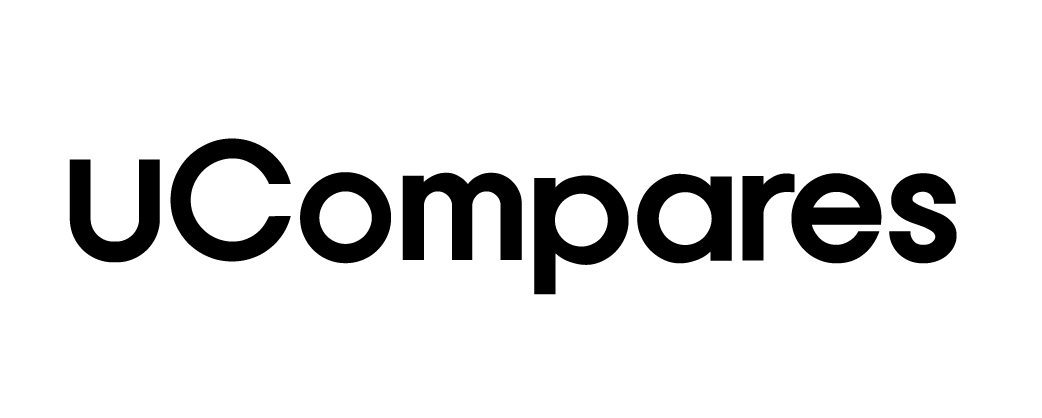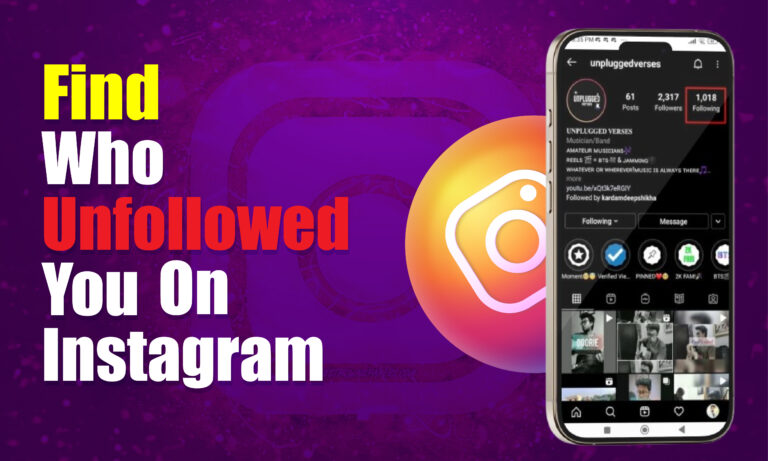To track followers on Instagram, particularly finding out who unfollowed you, there are several techniques, tools, and settings that can help. Instagram doesn’t provide an official feature to notify users when someone unfollows them, but by using specific strategies, you can effectively monitor changes in your follower list. Here is a comprehensive guide to finding out who unfollowed you on Instagram.
How to Find Out Who Unfollowed You on Instagram
Monitoring unfollowers on Instagram is essential for both personal and business accounts, as it provides insights into audience engagement and growth. From manually checking follower lists to using third-party apps, these methods offer varying levels of accuracy and detail.
1. Manual Method: Checking Followers List
- Access Follower List: Go to your profile and select the “Followers” section.
- Compare Follower Count: Check if there are recent changes in the follower count. To identify specific unfollowers, you’ll need to remember or record recent followers.
- Search for Specific Accounts: If you suspect a particular user unfollowed you, search their username in your follower list. If they don’t appear, they have likely unfollowed you.
- Advantages: This method is straightforward and doesn’t require additional apps.
- Limitations: Manual tracking is time-consuming and only feasible for accounts with a smaller following.
2. Using Instagram Notifications
- Review Notifications: Instagram provides notifications when someone follows you. By consistently monitoring follow notifications, you can estimate changes in follower counts.
- Track Recent Followers: Make a list of recent followers as they appear in notifications. Over time, you can manually compare this list with your current followers.
- Limitations: Instagram doesn’t notify users of unfollows. Notifications only track followers, requiring manual observation to detect unfollows.
3. Creating a Spreadsheet Tracker
- Record Followers in a Spreadsheet: List current followers in a Google Sheet or Excel file. Note down follower counts periodically, such as weekly or monthly.
- Compare Follower Lists: Periodically, compare your saved list with your current follower list on Instagram. Any missing names indicate unfollowed accounts.
- Advantages: A spreadsheet tracker provides a clear record and is ideal for users who prefer a manual yet organized approach.
- Limitations: This method is tedious for accounts with many followers. Regular updates are necessary to track changes accurately.
4. Third-Party Apps for Unfollowers
Several third-party apps are designed to track followers and unfollowers on Instagram. These apps provide direct notifications and detailed analytics.
- Follower Analyzer for Instagram: This app shows who unfollowed you, recent followers, and users who don’t follow back. Available for both Android and iOS, it provides detailed analytics.
- FollowMeter: FollowMeter is a widely used app for tracking followers and unfollowers. It offers insights like mutual followers, top likers, and those who stopped following.
- Followers+: Followers+ not only tracks unfollowers but also provides engagement insights, such as the most active followers.
- Advantages: Third-party apps automate tracking, provide notifications, and offer additional data on follower engagement.
- Risks: These apps often require login access, which may compromise account security. Ensure you select a reputable app with positive reviews and read the terms of service carefully.
5. Instagram Business Accounts
- Switch to a Business Account: Instagram Business accounts offer analytics features not available for personal profiles. This includes follower growth metrics and engagement data.
- Monitor Analytics: Access “Insights” to monitor follower growth, which indicates the number of followers gained and lost over a specific period.
- Limitations: Instagram Insights does not specify individual users who unfollowed. However, the feature is useful for understanding follower trends.
6. Using the Restrict Feature
- Restrict Specific Users: Instagram’s “Restrict” feature is typically for controlling interactions with certain users, but it can help manage and monitor specific followers.
- Check User Engagement: By restricting a user, you can view if they still engage with your content.
- Limitations: Restricting does not directly show if a user unfollows. It’s better for checking specific interactions rather than tracking unfollowers.
7. Using Instagram Web Browser
- Access Instagram via Desktop: Log into Instagram through a web browser, where you can view a larger list of followers and followings at once.
- Use CTRL+F to Search: Use the search function (CTRL+F on most browsers) to check for specific usernames in your followers list.
- Advantages: Desktop views often provide a larger perspective, making it easier to compare follower lists.
- Limitations: This method doesn’t automate the process and requires manual searching, best for smaller followings.
8. Setting Notifications for Specific Followers
- Enable Notifications for Key Followers: Instagram allows you to turn on notifications for specific accounts. This feature is useful for monitoring engagement.
- Limitations: Notifications are limited to actions like posts and stories. This method is ineffective for tracking unfollowers directly.
9. Checking Follower Activity on Other Platforms
- Use Cross-Platform Monitoring: Some users also follow each other on platforms like Facebook or Twitter. Check for interactions on these platforms if you suspect an unfollow on Instagram.
- Advantages: Cross-platform monitoring can help gauge general engagement levels beyond Instagram.
- Limitations: This method is indirect and only relevant if both users are active on multiple platforms.
10. Professional Social Media Management Tools
- Consider Paid Tools: Tools like Sprout Social, Hootsuite, and Iconosquare provide detailed follower analytics. These are geared toward businesses and influencers with extensive follower counts.
- Access Unfollower Insights: These tools show follower trends, engagement metrics, and sometimes even specific unfollow actions.
- Limitations: Professional tools require subscriptions, which may not be feasible for all users. However, they are highly effective for comprehensive analysis.
Benefits of Tracking Unfollowers on Instagram
Tracking unfollowers is crucial for understanding audience preferences. By knowing which content resonates or drives followers away, you can adjust your strategy. Businesses benefit from follower insights to better target content and improve engagement. Tracking unfollowers also aids in maintaining an engaged follower base, ensuring active and genuine followers.
Conclusion
Monitoring who unfollowed you on Instagram offers valuable insights into follower behavior, engagement, and content effectiveness. While Instagram does not provide a direct unfollower notification, manual tracking, third-party apps, and social media management tools can help. For a privacy-conscious approach, consider switching to an Instagram Business account for general analytics, though personal tracking is required for specific user actions.
With these methods, you can easily monitor your follower list, maintain an engaged audience, and optimize your content strategy.
Frequently Asked Questions (FAQs)
How can I see who unfollowed me on Instagram?
Use third-party apps, manual tracking, or spreadsheet comparisons to identify unfollowers.
Are there any free apps to check unfollowers on Instagram?
Some free apps, like Follower Analyzer and Followers+, provide basic unfollower tracking features.
Can I see who unfollowed me on Instagram without an app?
Yes, manually check follower lists, use notifications, or create a spreadsheet to track follower changes.
Is it safe to use third-party apps to track Instagram unfollowers?
Some apps may compromise security. Choose reputable apps with good reviews and be cautious with login permissions.
Do Instagram Business accounts show who unfollowed you?
Business accounts provide follower growth analytics but do not identify specific unfollowers.



